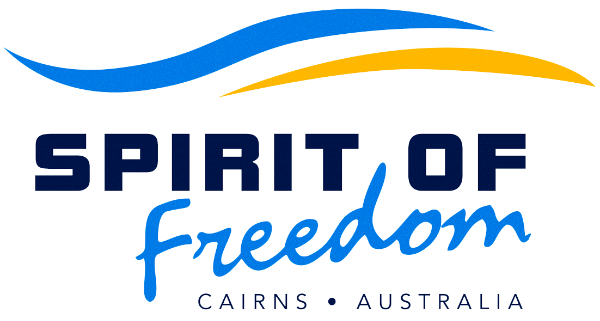DWARF MINKE WHALES
|
| Type of dive: |
|
Animal interaction |
| Snorkelling: |
|
Yes, majestic! |
| Scuba: |
|
Open Water |
| Access: |
|
Boat only (Live aboard) |
| Depth: |
|
0 – 6 metres (0-20’) |
| Visibility: |
|
15 – 30 metres (50-100’) |
| Water temperature: |
|
25 – 29°C (77-84°F) |
| Seasonal: |
|
Yes, June & July only |
Every winter, dwarf minke whales travel to the warm waters of the Great Barrier Reef.
The term ‘minke’ comes from the Norwegian word ‘minkhval’.
Dwarf minke whales were first identified in 1985 and are thought to be a sub-species of the common or North Atlantic minke whale.
Minkes are baleen or ‘rorqual’ whales belonging to the same family or ‘glade’ as blue whales, the largest animal to ever inhabit Earth, and humpback whales.
Like all baleen whales, they have two blow holes for breathing on the surface and are filter feeders. They use their baleen bristles to filter sea water and extract krill, other plankton and small fish, such as sardines and herring. Krill makes up the bulk of their diet.
Dwarf minke whales are the second smallest of the baleen whales averaging eight metres (26’) in length and weighing on average 6.4 tonne (7 tn). Females can grow to over ten metres (33’) and weigh 10 tonnes (11 tn). They are thought to live for over 50 years and reach sexual maturity at seven years.
Dwarf minke whales can swim up to 30 kilometres per hour (18 mph) and hold their breath for up to 25 minutes.
After fattening up in the colder southern waters over the summer months, dwarf minkes travel to the Great Barrier Reef for the winter months probably for courtship and mating.
Whilst they tend to travel in small family groups of two to four individuals, pods of eight are regularly encountered.
Although they are in the ‘Reef’ from May to September, the best time to interact with them is June and July.
These gentle giants of the deep are very inquisitive and have been known to swim within a metre (3’) of divers – an experience not to be missed.
Humpback whales also visit the Great Barrier Reef over winter.
Special thanks to the Spirit of Freedom Team.
Copyright © 2024 Steve Sinclair
Other great dive sites to visit while you are there:
Pixie Pinnacle, Clam Beds, Lighthouse Bommie, Steve’s Bommie, Temple of Doom and Dynamite Pass.
Local dive services:
|
|
SPIRIT OF FREEDOM |
Other services:
|
|
Need somewhere to eat, drink or stay? |
 |
BLAST EXPERIENCES |
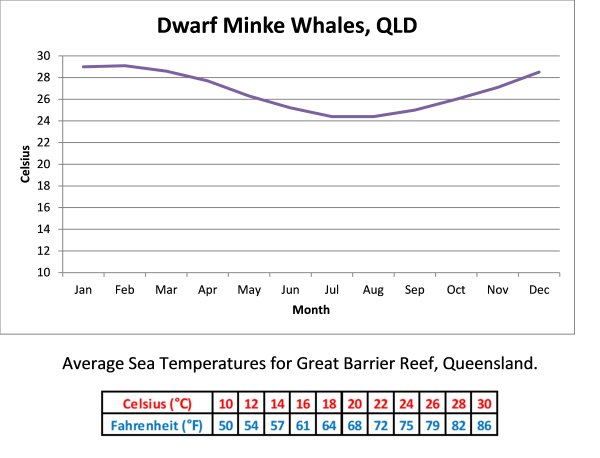
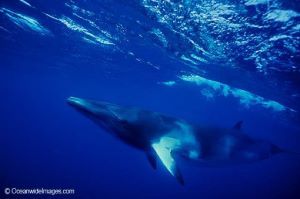
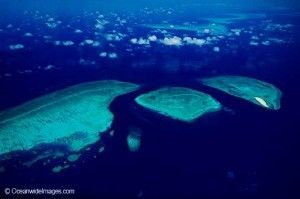

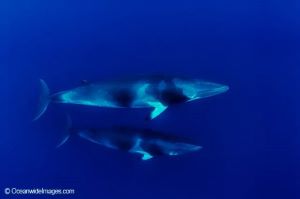
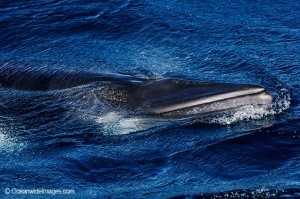
OTHER INFORMATION
LOCATION
State or Territory:
Queensland
Nearest City:
Cairns
Nearest Regional City:
Not applicable
Nearest Town:
Port Douglas
HOW TO GET THERE
Air:
Nearest International Airport:
Cairns
Nearest Domestic/Regional Airport:
Cairns
Road:
Brisbane to Cairns:
19 hours (1,700 km/1,060 mi) via National Highway A1
Bus:
From Brisbane
Train:
From Brisbane
Ferry:
Not relevant
THINGS TO DO
White Water Rafting
Sky Diving
Hot Air Ballooning
Mountain Bike Tours
Deep Sea Fishing
Daintree Rainforest
Cape Tribulation
Kuranda Scenic Railway
Cairns Tropical Zoo
Sky Rail Rainforest Cableway
Australian Butterfly Sanctuary
Barren Gorge National Park



















